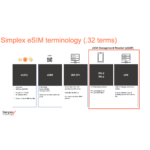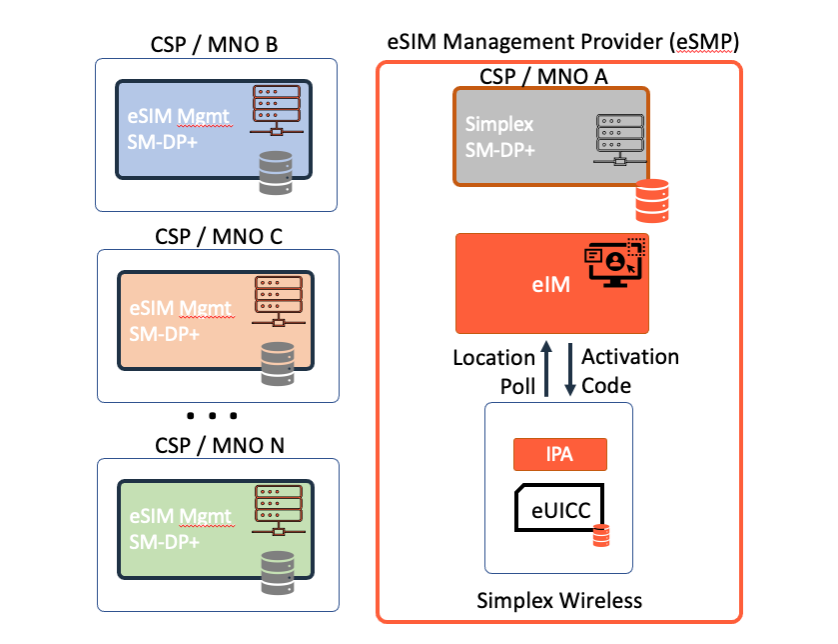
There are two types of clients IPA.d and IPA.e in SGP.32 eSIM specifications. What are they and which one is better?
April 27, 2023
How to avoid carrier lock-in for your IoT devices using eSIM technology? A beginner’s guide to freedom with eSIM
June 7, 2023We speak with a lot of IoT companies and eSIM is now established as a requirement for new deployments. The #1 reason we hear is the ability to change the Cellular Service Provider or MNO Over-The-Air remotely. There are several reasons why that is important.
- Ability to build a single SKU of the device no matter where in the world it is deployed.
- Soldering in a SIM card (eUICC) to the board at the time of manufacturing
- Ability to switch service providers for whatever reason, such as commercial or technical.
Many organizations estimate that a truck roll is anywhere between $150 to $500 per SIM card so with 10,000 SIM cards out on the field their cost will be between $1,5M USD to $5M USD depending on complexity. This is just to go and swap out a SIM card in the field and it quickly becomes financially impossible to do. In that case the only option to switch providers is to wait until the device lifecycle ends and it is replaced with a new device that has a new service provider in it however that will just restart the vicious cycle. With this it is obvious why a remotely downloadable eSIM becomes so important to have.
With the new specification, new components are introduced to the eSIM ecosystem in addition to what we had. We used to have the eSIM Management Server that stores the credential SM-DP+ and a client Local Profile Assistant (LPA). Now with the new specs the client is renamed to IoT Profile Assistant (IPA) and a new server is introduced called eSIM IoT remote manager (eIM).
Why this is important and what this effectively does is that it potentially separates your Connectivity Service Provider (CSP or MNO) from the eSIM Management Provider (eSMP). While it’s likely that all CSPs will offer an eSMP services, as does Simplex Wireless, it is key to understand that these can be separated.
So now when a new device is manufactured or personalized the eSMP has to be selected so that an eIM address can be configured to the device in the initial startup to the device. It is a bit similar to having to configure the APN on the device in order for the data to start working.
Now that the IPA has the initial eIM address configured it can receive instructions on where to fetch the eSIM from. The eSIM is residing in the SM-DP+ and can come from the eSMP or any MNO that the end user has a contract with. In addition, the specifications allow the configuration of the eIM address on the IPA which means that the eSMP can be changed along the way as well making it an open and flexible ecosystem.
As Simplex Wireless is an Independent Connectivity Service Provider we will be playing both the role of CSP and eSMP on the new ecosystem. This means that any customer can get from us the connectivity or just the eSIM Management service.
Let us know your thoughts on this and reach out to us from our website https://simplexwireless.com

